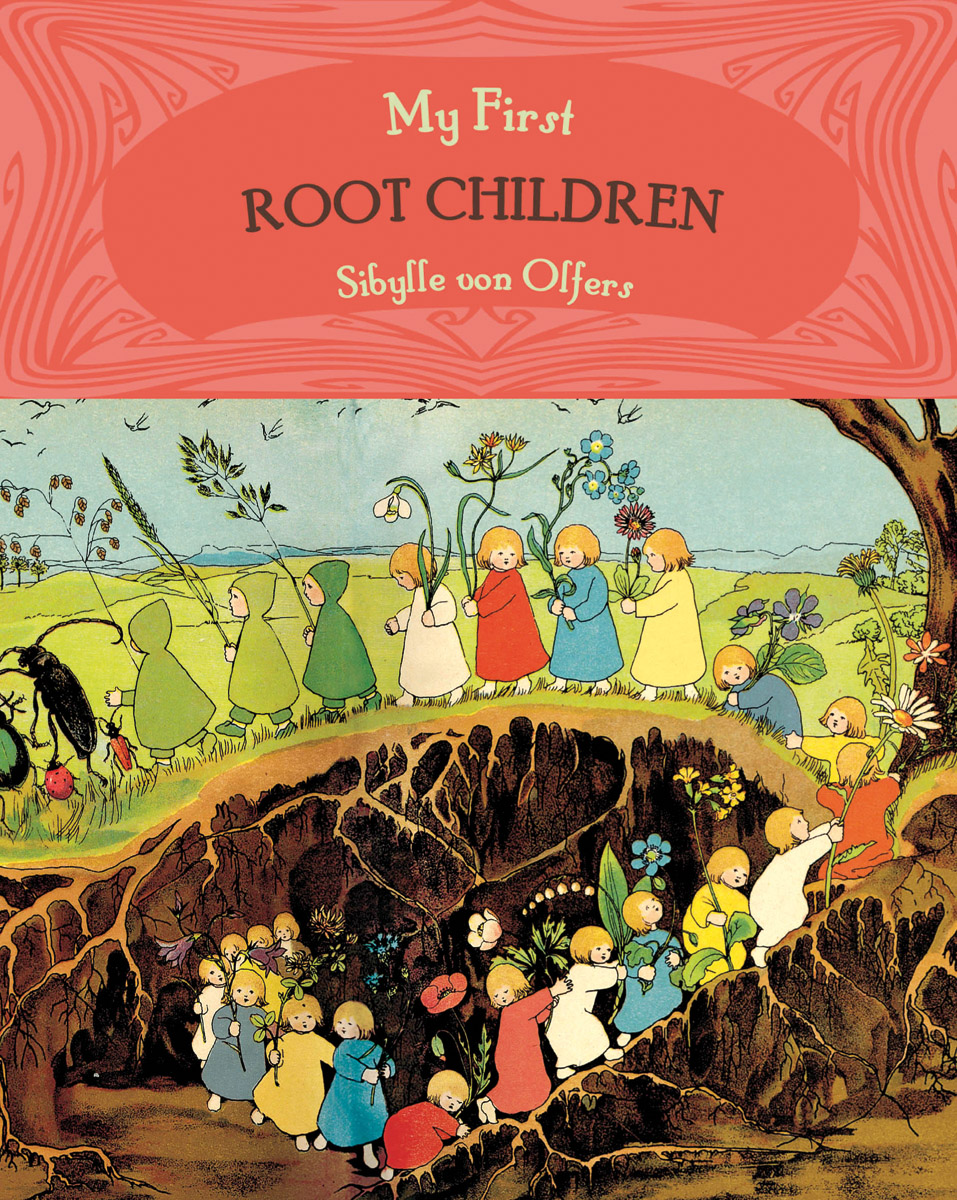The Gruffalo
Donaldson, Julia. The Gruffalo. Illustrated by Axel Scheffler. New York: Puffin Books, 2006. Print.
Above image from http://www.penguinrandomhouse.com/books/288946/the-gruffalo-by-julia-donaldson-illustrated-by-axel-scheffler/9780142403877/
A fun, funny, small-scale David-and-Goliath story for any age, The Gruffalo by Julia Donaldson tells the story of a small mouse walking through the woods, the potentially fearsome enemies he encounters, and how he manages to outsmart and outwit them all.
Tiny and (seemingly) helpless “little brown mouse” is taking a stroll in “the deep dark wood.” On the way he encounters Fox, and then Owl, and then Snake; each invites him into their various abodes to lunch, tea, and “a feast,” respectively. Mouse politely declines the invitations (he knows what they really want to do with him), saying that he’s going to meet the Gruffalo. Mouse describes the Gruffalo differently to the predators, so that each of them is terrified of this monster. It’s unclear whether the mouse is inventing this creature, or whether the Gruffalo actually exists, but when he happens to meet him, the mouse is nonplussed. He tells the Gruffalo that he is in fact the most fearsome creature in the wood, and they take a walk so he can prove it. When they walk back to see the Snake, Owl, and Fox, and those creatures see the Gruffalo, they are terrified– the reader knows that they’re scared of the Gruffalo, but the Gruffalo thinks they’re scared of Mouse. And so, the Gruffalo, Fox, Owl, and Snake all run away, and Mouse is left to continue his walk through the woods, this time, undisturbed.
This book is a perfect example of well-constructed and effective children’s literature. The text is composed in simple and catchy, rhythmic rhyme, making it a lot of fun to read. Of course, the animals talk, and the interactions Mouse has with each creature is similar, and predictable, letting the reader into the story and giving them confidence in their interactions with the text. Mouse’s unlikely description of the Gruffalo is silly enough to take the fear away from small children. The theme– the small outwitting the large– is bound to delight any reader, but especially children, who themselves might feel small in a big, scary adult world. Of course the unexpected plot twist at the end gives reader a wonderful satisfaction. And the fantastic illustrations by Axel Scheffler are cheeky, goofy, colorful, and support the story beautifully.
The Gruffalo is one of my favorite children’s books. Highly recommended for young readers, and especially fun for a read-aloud!
My First Root Children
Olfers, Sibylle von. My First Root Children. Edinburgh: Floris Books, 2012. Print.
Above image from http://www.florisbooks.co.uk/book/Sibylle-von-Olfers/My+First+Root+Children/9780863158599
How do the seasons change? What brings back the flowers and bugs and plants after a long winter? Sibylle von Olfers introduces young readers to the excitement and joy of the spring season with the root children, and their kindly guardian, Mother Earth, in this enchanting easy reader.
In anticipation for spring, Mother Earth awakens the sleeping root children. They sew new colored dresses in white, blue, yellow, and red, and then they groom and paint bright colors on the ladybugs, beetles, and other insects. The root children then take their flowers and emerge from under the earth, bringing with them bugs, plants, flowers, and leaves. In the spring and summer, they frolic in the natural world with all its creatures, and then head back down to slumber again when the autumn returns.
This beautiful board book, based on von Olfer’s The Story of the Root Children, is perfect for read-alouds with young children. The story’s protagonists are, after all, young ones who have very important and tangible responsibilities in the natural world! The words are a bit complex for young and emergent readers; listeners will recognize and understand the text, but the vocabulary multi-syllabic, and there is little repetition.
Nevertheless, the sentences are short, each page has few words, and the charming illustrations support the text. In fact, I believe the strength of the book lies with the illustrations. They’re beautiful, colorful, and full of detail without distraction from the story, and are bound to elicit conversation from curious youngsters. The drawings of under-and above-ground activity are fascinating and really capture the imagination.
A wonderful choice for seasonal interest and read-alouds.



